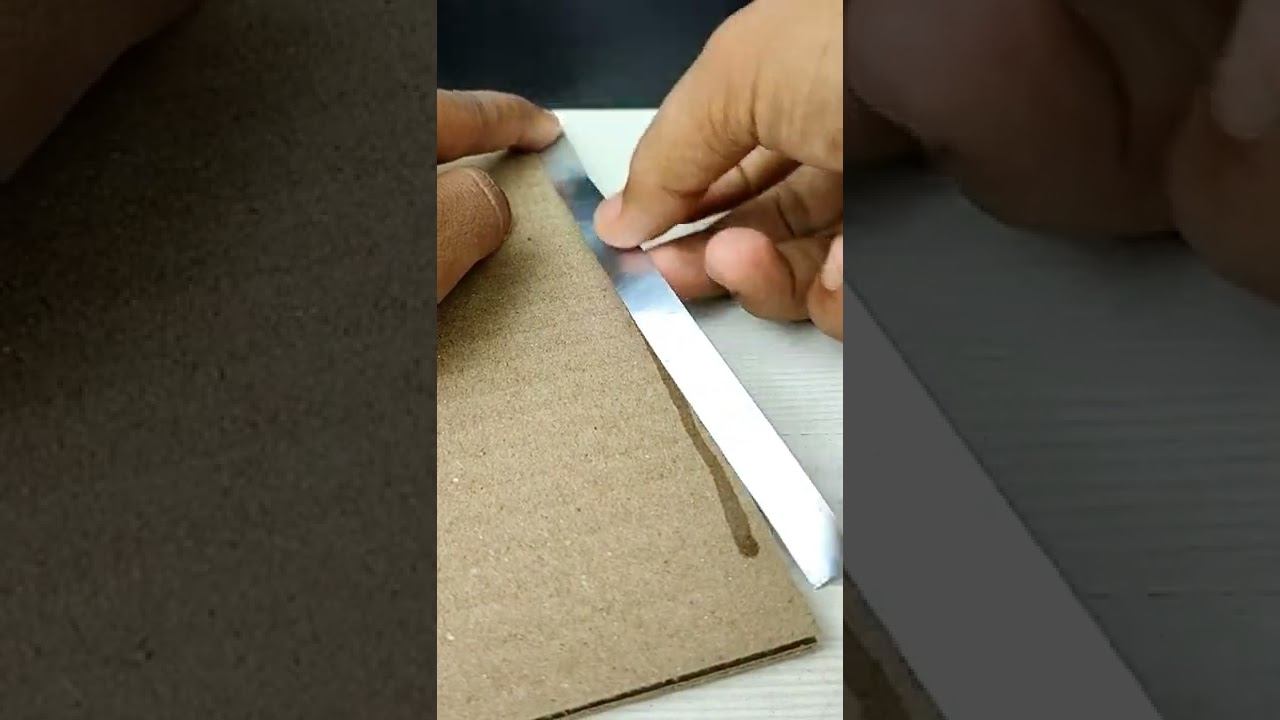
Scientists develop customizable perovskite waveguides with edge lasing capabilities
by Robert Schreiber
Berlin, Germany (SPX) Aug 26, 2024
Researchers from the Faculty of Physics at the University of Warsaw, in collaboration with institutions from Poland, Italy, Iceland, and Australia, have successfully created perovskite crystals with precise shapes suitable for nonlinear photonics. These structures, which include waveguides, couplers, splitters, and modulators, are notable for their ability to operate at room temperature and could significantly impact both classical and quantum signal processing. The findings, published in ‘Nature Materials’, highlight the crystals’ edge lasing effect, which is associated with the formation of exciton-polariton condensates-a state where quasiparticles exhibit both light and matter characteristics.
“Perovskites exhibit great versatility: from polycrystalline layers, nano- and micro-crystals to bulk crystals. They can be used in various applications, from solar cells to lasers. Some, such as the CsPbBr3 (cesium-lead-bromide) material we used, are also ideal semiconductors for optical applications due to their high exciton binding energy and oscillator strength,” said Professor Barbara Pietka from the University of Warsaw, emphasizing the materials’ potential for enhanced light interactions and reduced energy requirements for nonlinear light amplification.
The team employed scalable synthesis techniques to produce perovskite crystals with exact dimensions, using a microfluidic approach to grow the crystals in polymer molds. By precisely controlling the solution concentration and growth temperatures, and utilizing nearly atomically smooth gallium arsenide templates, the researchers were able to produce high-quality single crystals that could be shaped into various forms, making them compatible with existing photonic devices.
“These crystals, due to their high quality, form Fabry-Perot type resonators on their walls, allowing strong nonlinear effects to be observed without the need for external Bragg mirrors,” explained Mateusz Kedziora, a doctoral student and the first author of the paper. This quality opens up new possibilities for using these materials in integrated photonic circuits.
A significant achievement of the study is the demonstration of polaritonic lasing from the edges and corners of the microwires. According to Professor Pietka, “The wavelength of the emitted light is modified by the effects of strong light-matter interactions, indicating that the emission is due to the formation of a non-equilibrium Bose-Einstein condensate of exciton-polaritons.” The research shows that this lasing is not conventional but instead arises from a condensate in a strong light-matter coupling regime, as confirmed by far-field photoluminescence and angle-resolved spectroscopy.
Dr. Helgi Sigurosson from the University of Iceland and Faculty of Physics University of Warsaw added, “The high coherence between different signals of the emitted light from the edges and corners, confirmed in far-field photoluminescence and angle-resolved spectroscopy, indicates the formation of a coherent, macroscopically extended polariton condensate.” The observed blueshift, an increase in energy with increasing population of a given mode, further corroborates the nonlinear effects and interactions within the condensate.
The research team’s simulations, led by Dr. Andrzej Opala and Prof. Tomasz Czyszanowski, revealed how natural resonators for light modes and scattering at the crystal edges influence emission characteristics. Their findings could enable the development of compact “on-chip” systems for both classical and quantum computing, integrating nanolasers with waveguides on a single chip. “We predict that our discoveries will open the door to future devices that can operate at the level of single photons, integrating nanolasers with waveguides and other elements on a single chip,” said Prof. Michal Matuszewski, underlining the significance of this breakthrough.
This advancement could play a crucial role in the further development of optical technologies, with perovskite crystals potentially being integrated into nonlinear photonics systems that function at room temperature. The compatibility of these structures with existing silicon technology also enhances their commercial potential.
Research Report:Predesigned perovskite crystal waveguides for room temperature exciton-polariton condensation and edge-lasing
Related Links
University of Warsaw, Faculty of Physics
All About Solar Energy at SolarDaily.com








